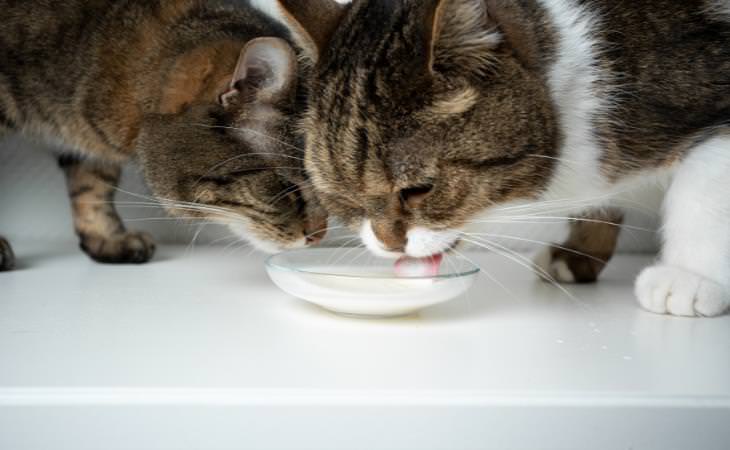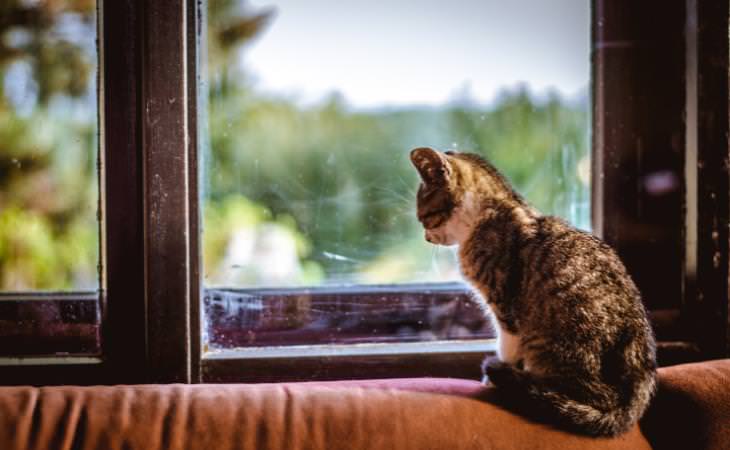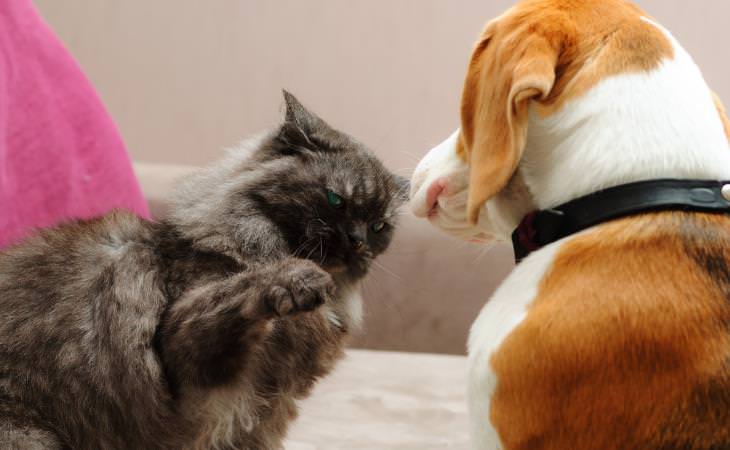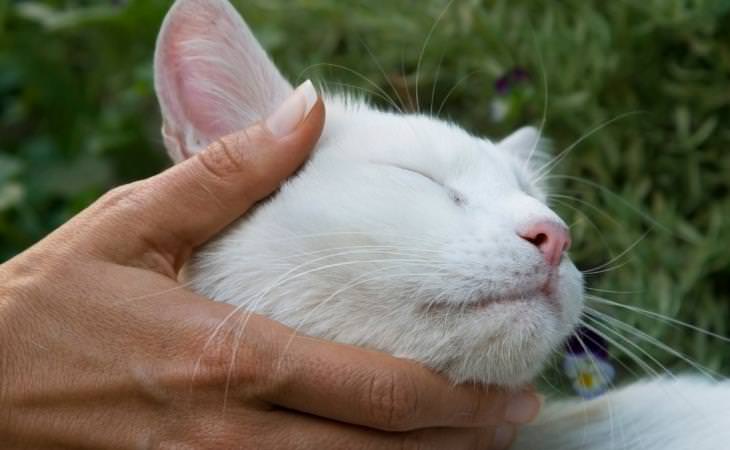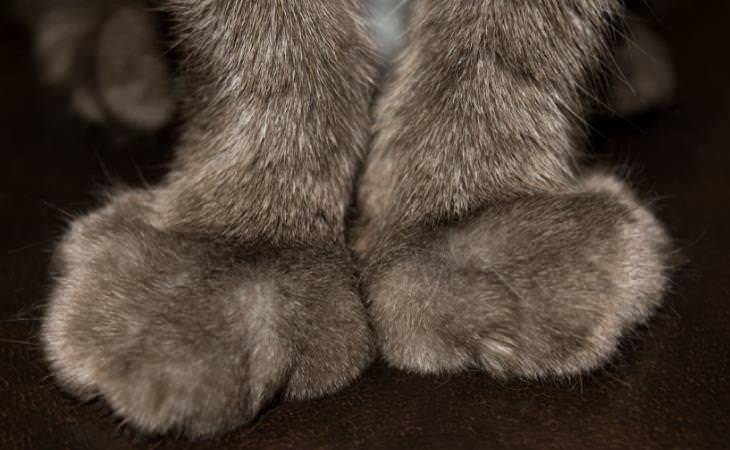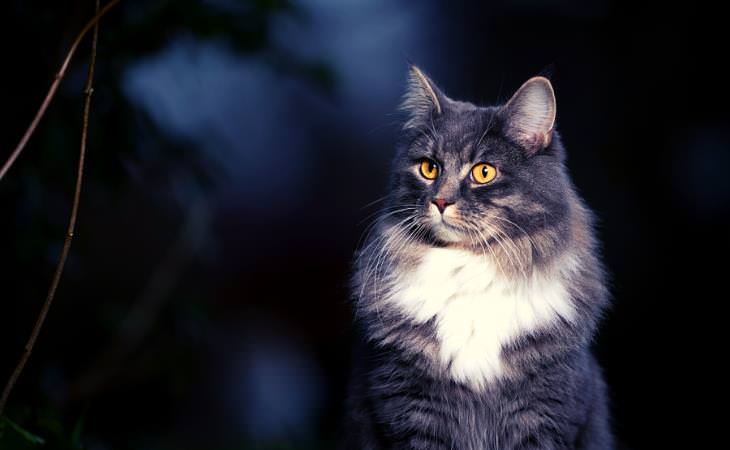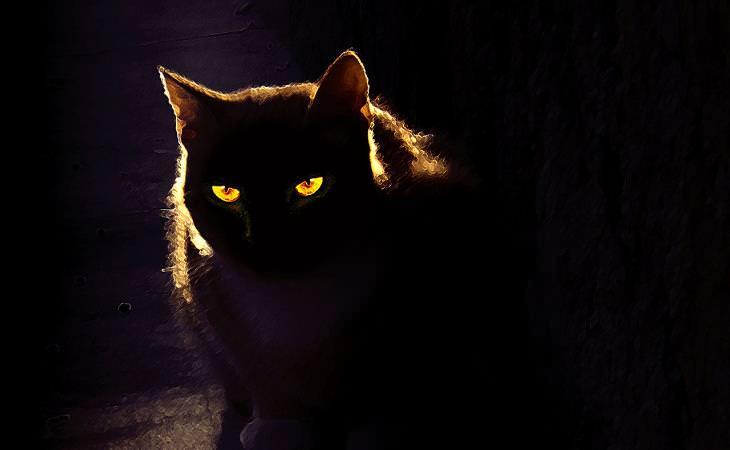While it’s true that cats do often land on their feet when they fall from a height, they don’t do it always. Along with a flexible spine, cats also have a 'righting reflex’ – a built-in balancing system that allows them to twist their body the right way mid-fall. In addition, there is a vestibular apparatus inside a cat's ear as well that helps them to gauge up from down.
However, there are times when they don't quite stick the landing and end up injuring themselves. Every year our animal hospitals report numerous cases of cats enduring fractures and dislocations after falling from great heights. To keep yours safe, make sure that your window screens are intact and that you have fixed meshes to windows and balconies to prevent them from falling out.
MYTH: Cats Can't Be Trained
Dogs are trainable animals. Cats, not much so. At least that’s what we’ve been led to believe. But animal behaviorists and trainers say that cats are just as trainable as dogs! Teaching your cat to do certain things is very much possible if they receive a positive result in exchange. Experts recommend short training sessions with a clicker and rewarding your feline friend for each lesson learned. Over time, you can replace the clicker with verbal cues like “good” and the cat will start associating that with a reward.
MYTH: Cats Love Milk. So I Should Treat Them With Milk Treats
What could be more natural than an adorable cat quietly lapping at a saucer of milk? You might be surprised to know that while cats are often associated with milk, sometimes milk is not actually safe for them to ingest. Experts say that some cats can’t digest lactose, and feeding them too much milk can cause an upset stomach, vomiting, and diarrhea.
Kittens are born with the enzyme lactase, which helps them properly digest lactose. This then gives them the ability to feed off of their mother’s milk. Once kittens have weaned, however, they produce less and less lactase. So, even though your might enjoy drinking milk, it’s advisable not to do so and instead stick to well-balanced nutrition formulated specifically for cats.
MYTH: Cats Are Loners. We Can Leave Them At Home Alone For a Long Weekend
Many people wrongly assume that cats are loners and can be left alone for the weekend. All you need to do is to set them up with an automatic feeder and sufficient water, and you can then leave them alone in the house for a few days. However, just like dogs, cats too get separation anxiety, experts say. They crave attention and can come to rely on the companionship of their human family.
MYTH: Cats and Dogs Are Mortal Enemies
For years we have been made to believe that cats and dogs don’t get along. The myth of cats and dogs being at odds with each other has become pretty common in our culture, but is it true? Experts don't think so. They say that cats and dogs can easily get along if the humans around them ease the communication gap between the two species.
Sometimes, the two animals won’t see eye to eye or may ignore one another, but that isn’t because they are born to hate each other. Your cat may be antagonistic towards your dog if it has experienced a hostile living environment before moving in with you. It may also be feeling threatened living with an unfamiliar species. You can help your cat and dog share a home by keeping each pet's best interests and instincts in mind and by encouraging friendly play between them.
MYTH: My Cat is Purring. She Must Be Really Happy
A purring cat may be expressing contentment, but just because your cat is making a purring sound while you are scratching its head doesn’t mean it’s happy. Cats purr to communicate other emotions and needs, too – when they’re frightened, when they’re in pain, when they’re threatened, and even when they’re near death. Just like we don’t laugh for only one reason, cats too don’t purr for one reason only.
So, keep a close eye on your cat when it makes a purring sound. If the frequency of the purring is a little higher, your cat might be hungry and wants to be fed. If your furry friend is purring and then bites you, it's probably annoyed or mad. If the purring goes on for 24 to 36 hours, it may indicate that the cat is sick. But if it’s purring quietly when curled up on your lap, it’s probably enjoying your company.
MYTH: Declawing a Cat Isn't Harmful
Many people declaw their cats as they want them to stop scratching their precious furniture. But leading vets say that the procedure can be quite harmful to the animal. It can cause pain in the paw, infection, tissue death, or lameness. Removing your cat’s claws also changes the way its foot meets the ground and can cause pain. Experts feel that by declawing cats, you are taking away a part of them. No wonder this practice has been banned in many countries.
If your cat's claws are a little too sharp, you can trim them instead of removing them entirely.
MYTH: Cats Are Nocturnal
A lot of us believe that cats are nocturnal creatures. Probably because we see them active even at 3 a.m. But cats are actually crepuscular – which means they are most active at dawn and dusk. This is because hunting opportunities are rife at dusk and dawn in nature. Just because your cat is domesticated doesn’t mean it will let go of this genetic predisposition. Over time, you can adjust your furry friend’s sleeping schedule and feed them around the same time every night so that they adapt to your routine. You can also play with them in the evening before you go to bed so that they are tired and doze off with you.
MYTH: Cats Can See In Complete Darkness
This isn’t true. Cats can only see in total darkness if they have the slightest bit of light. Their eyes collect that light and intensify it in the back of their eye - in a membrane called tapetum. But they are much better adapted than humans to seeing in low levels of light. A cat’s eyes are designed to allow them to hunt prey in low-light atmospheres.
Share this article with other pet owners...



